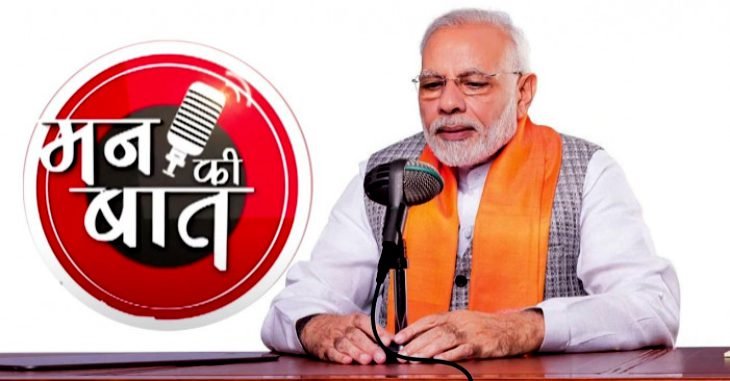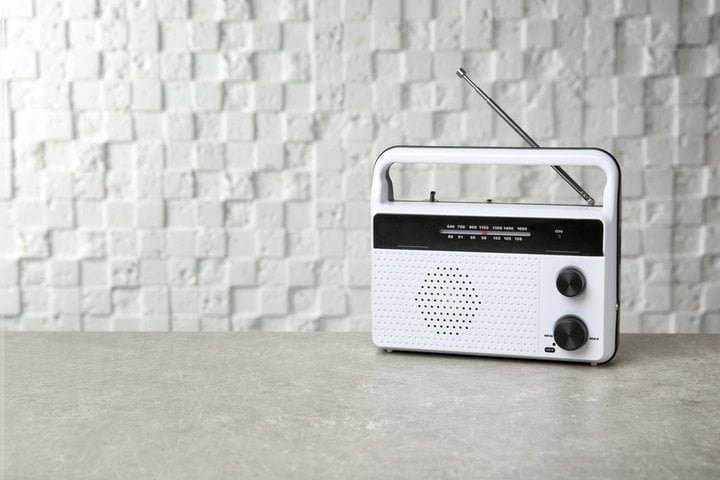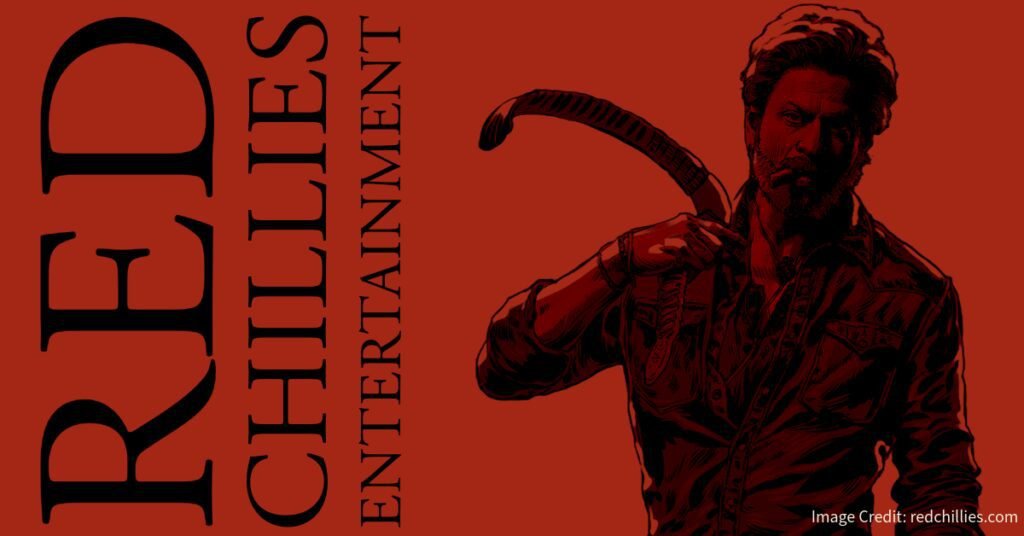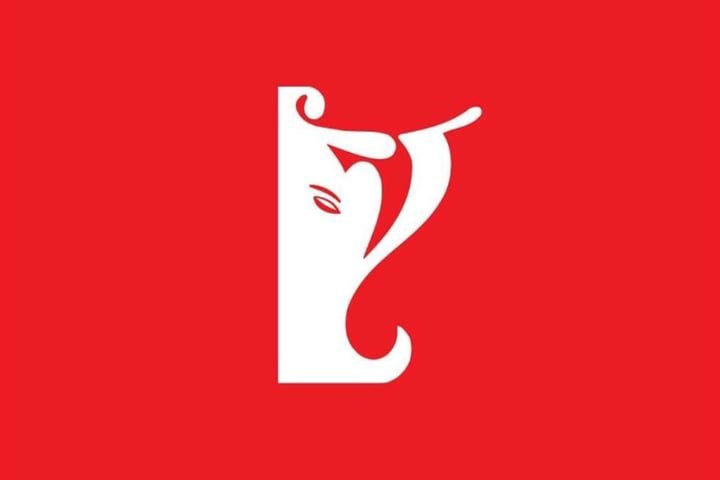Characteristics of Radio
Radio is a mass medium that transmits audio signals through the air to radio receivers. It is one of the oldest and most accessible forms of electronic media. Several unique characteristics of radio make it ideal for a wide range of purposes, including entertainment, news, information, and education.
In This Article
Radio Makes Pictures

Radio is a sightless or a viewless medium. Neither the performer nor the listener can see each other, which has earned it the label of “blind medium.” And because of this, the performer and the listener have to imagine each other creatively. So that as soon as the voice comes out of the loudspeaker, the listener attempts to visualize what he hears and to create in the mind’s eye the originator of the voice.
Unlike television, where the screen size limits the pictures, radio pictures can be any size. A carefully crafted soundscape, coupled with the perfect blend of sound effects and music, can transport listeners to distant lands, evoke powerful emotions, and immerse them in the story. It’s a medium that demands active participation, where the audience becomes co-creators, painting vivid mental pictures from the melody of sounds.
Radio speaks to individuals: An intimate medium
Radio carves a unique niche as an intimate medium dominated by visual spectacles. Unlike television, where the audience remains passive observers of distant events, radio’s magic unfolds within the confines of our own consciousness. It has the potential to resonate, creating a deep personal connection with each listener.
The unique appeal of radio lies in the intimate connection it creates by directly telling stories into the listener’s ear. Radio is an art form that heavily relies on the power of the human voice. It creates connections that are beyond physical distances. With the radio, it feels like the performer speaks directly to your soul, making it an everlasting medium for heartfelt communication.
Radio speaks to millions: A mass medium
It is a much cheaper and readily available medium. Setting up a radio station costs much less than a TV station. The very essence of the word “broadcasting” implies wide dissemination, covering every home, village, town, city, and country within the transmitter’s range. And, importantly, radio is accessible to all, a democratic platform where the airwaves are truly free.

“Man ki Baat,” a renowned radio program, exemplifies radio’s role as a megaphone to the masses. With the Prime Minister at the forefront, this initiative empowers citizens with direct communication with their leader. This platform has the ability to cross geographical and social boundaries, making it accessible to millions of households. Through “Man ki Baat,” the Prime Minister addresses pressing issues, shares inspirational stories, and connects with people on a personal level. Radio remains a powerful tool to unite nations, disseminate information, and strengthen bonds between the government and its people.
The speed of radio: Medium of immediacy
It can report the events almost instantly as they are happening. So, it is the medium of the “here and now.” Even for television, it is more challenging to take the camera immediately to events as they are happening. But the radio is an enormously flexible medium and is often at its best in the immediate live situation.
Radio is a mobile medium

Radio is a reliable companion that can keep you entertained, informed, and comforted no matter where you are. Whether you’re relaxing at home, out for a picnic, driving on the highway, or attending a special occasion, the radio is always there to keep you company. Its ability to transcend the boundaries of place and time makes it an ever-present and accessible source of entertainment.
Radio has no boundaries
Radio signals know no territorial bounds; they effortlessly traverse mountains and oceans. In a world where geographical barriers often fragment communication, radio unifies. It connects disparate communities, bridging divides and fostering a sense of global togetherness.
The simplicity of radio
For program production, radio is a much cheaper and simpler medium. A basic radio setup can comprise just one individual armed with a tape recorder, a testament to the medium’s flexibility and affordability. For broadcasters, this simplicity allows for dynamic scheduling, with programs easily added, shifted, or dropped at a moment’s notice.
Breaking Language Barriers
Radio is an accessible medium of communication, especially in developing nations, due to its simplicity and directness. It is easy to understand for people who are illiterate or have low literacy levels. In regions where reading and writing is difficult, radio is regarded as a source of enlightenment. It disseminates knowledge and information through spoken language, which is clear and easy to comprehend.
The Transient nature of radio
Broadcasting requires listeners to tune in at specific times, limiting their ability to understand content beyond the broadcast window.
Radio as background

Radio is a wonderful companion that doesn’t require your full attention. It enables you to multitask, seamlessly blending into the background of your daily life. Whether you’re cooking, cleaning, or working, radio effortlessly interweaves its stories and melodies into the fabric of your routine.
Radio is selective
Radio is a medium that operates in a linear fashion. The selection process is done within the studio, and the listener is presented with a single, uninterrupted thread of content. This provides a well-thought-out and curated experience that is deliberately created for them. Due to the simplicity of choice, the listener is able to have a focused and immersive journey through the medium.
Radio lacks space
Radio has limitations on time and space, allowing for fewer ads and personal announcements compared to print media.
The personality of radio

One of radio’s greatest advantages over print lies in the power of the human voice. A voice carries emotion, nuance, and authenticity over the printed word. It can convey joy, sorrow, excitement, or empathy. The advantage of the aural medium is the ability of the human voice to convey more than just words.
Radio teaches
As an educational medium, radio excels in conveying both concepts and facts. While it may lack the visual aids of charts and graphs, it compensates with the ability to paint vivid mental pictures through words alone. Radio serves as a trusted mentor for communities with limited access to formal education, nurturing minds and sparking intellectual curiosity.
Radio has music
Music on radio has the power to transport listeners to different eras, cultures, and emotional landscapes. Listening to different types of music can have various effects on our moods and emotions. Music can help us relax, as well as stimulate our curiosity and excitement.
Radio can surprise
In the world of radio, listeners are always greeted with the promise of something new and unexpected. Each broadcast holds the potential for surprise, an element that keeps audiences engaged and eager for the next revelation. Radio is a medium that thrives on the joy of discovery.





